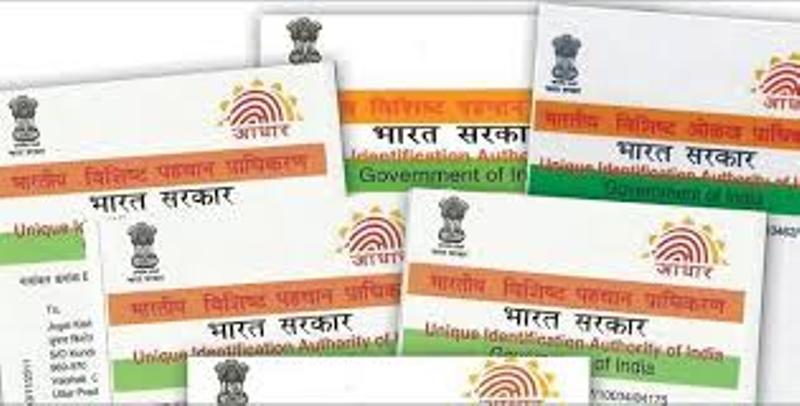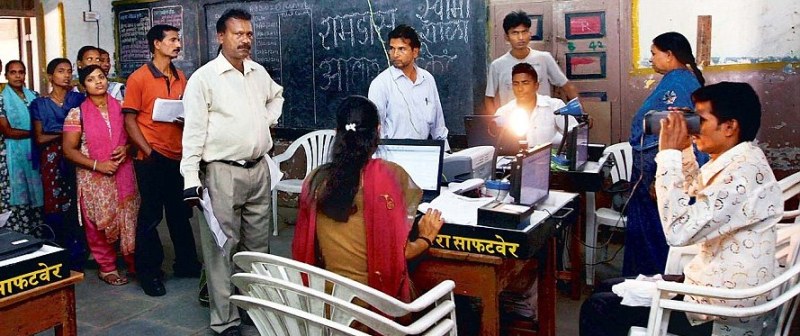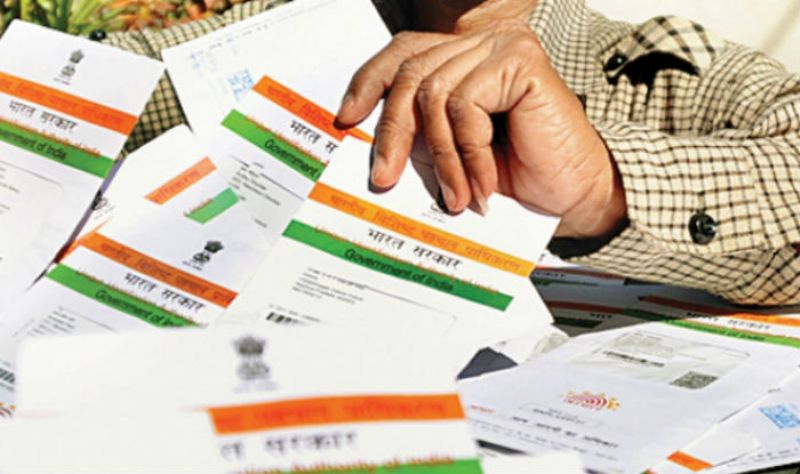A major cyber attack crippled hospitals and other agencies across 99 countries. This has once more raised questions if Aadhar is safe or a sitting duck.
 In one of the most massive cyber-attacks of recent times, computers in thousands of locations spread across 99 countries got automatically locked on Friday by a ransomware that demanded $ 300 in Bitcoin to make them functional again.
In one of the most massive cyber-attacks of recent times, computers in thousands of locations spread across 99 countries got automatically locked on Friday by a ransomware that demanded $ 300 in Bitcoin to make them functional again.
Cyber attackers first targeted the UK’s National Health Service forcing hospitals and doctors to turn away patients, cancel major surgeries and put off appointments. Ambulance services too were hit.
Also Read: US Alerts India of Attack From Pakistan Soil
Russia also suffered a massive cyber attack. Some reports said Russia had seen more infections than any other single country.
 A number of Spanish firms – including telecoms giant Telefonica, power firm Iberdrola and utility provider Gas Natural – suffered from the outbreak.
A number of Spanish firms – including telecoms giant Telefonica, power firm Iberdrola and utility provider Gas Natural – suffered from the outbreak.
Portugal Telecom, international delivery company FedEx, a Swedish local authority and Megafon, the second largest mobile phone network in Russia, also said they had been affected.
Also Read: Jammu Kashmir’s `Start-Up’: Get Paid to Throw Stones at Indian Army
All this has thrown a shadow on India’s much touted Aadhar programme. If computers of UK’s National Health Agency, Spanish telecoms giant and global power firms can be attacked, what guarantee is there that Aadhar is safe?
 The cyber attack also comes when the Indian government is on a massive push towards digital economy. So, are our personal information, bank details and, more importantly, our money safe?
The cyber attack also comes when the Indian government is on a massive push towards digital economy. So, are our personal information, bank details and, more importantly, our money safe?
No doubt, India has technological expertise, but that does not mean that everything is firewalled. Cyber attackers have to be lucky only once to get away with crores of rupees; the government has to be lucky all the time while trying to survive or prevent such attacks.
Friday’s cyber attackers used tools believed to have been developed by the US National Security Agency.
Cyber-security firm Avast said it had seen 75,000 cases of the ransomware – known as WannaCry and variants of that name – around the world.
“This is huge,” said Jakub Kroustek at Avast was quoted in the media.
People took to twitter and posted photos of affected computers including a local railway ticket machine in Germany and a university computer lab in Italy.
 Cyber security experts say the attack may be have been built to exploit a weakness in Microsoft systems that was identified by the NSA and given the name EternalBlue.
Cyber security experts say the attack may be have been built to exploit a weakness in Microsoft systems that was identified by the NSA and given the name EternalBlue.
The NSA developed tool to overcome this weakness but the tools were later stolen by a group of hackers known as The Shadow Brokers, who then attempted to sell the encrypted cache in an online auction.
However, the hackers subsequently made the tools freely available, releasing a password for the encryption on April 8.
A patch for the vulnerability was released by Microsoft in March, but many systems had not installed the update.
Microsoft said its engineers had added detection and protection against WannaCrypt. The company was providing assistance to customers, it added.
Security researchers say that the infections seem to be deployed via a worm – a program that spreads by itself between computers.
Unlike many other malicious programs, this worm has the ability to move around a network by itself. Most others malicious programs have to depend on human interventions to spread by tricking them into clicking on an attachment harbouring the attack code.
In the present case what happened was that once WannaCry got inside an organisation it hunted down vulnerable machines on its own and infect them.
Read More:
- India’s IT Industry in Turmoil; 56K Engineers May Be Axed
- Justin Bieber Gets a Kerala Ayurvedic Massage
- Move Aside Baahubali, Here Comes Shri Ram
- Amitabh Bachchan Has Unusual Midnight `Itches’
- Horse Racing Neither Goods nor Services, So Why GST?
- Republic of Arnab Goswami, You Are Wrong on Shashi Tharoor
- Saudi Amnesty: About 20,000 Indians to return
- Taking Selfie in UAE can land you in jail
- Smartron’s Smartphone Launched in India With Sachin’s Initials
- A Glow Stick That Detects Cancer
- Fans Are Heart And Soul of Football Clubs




















































